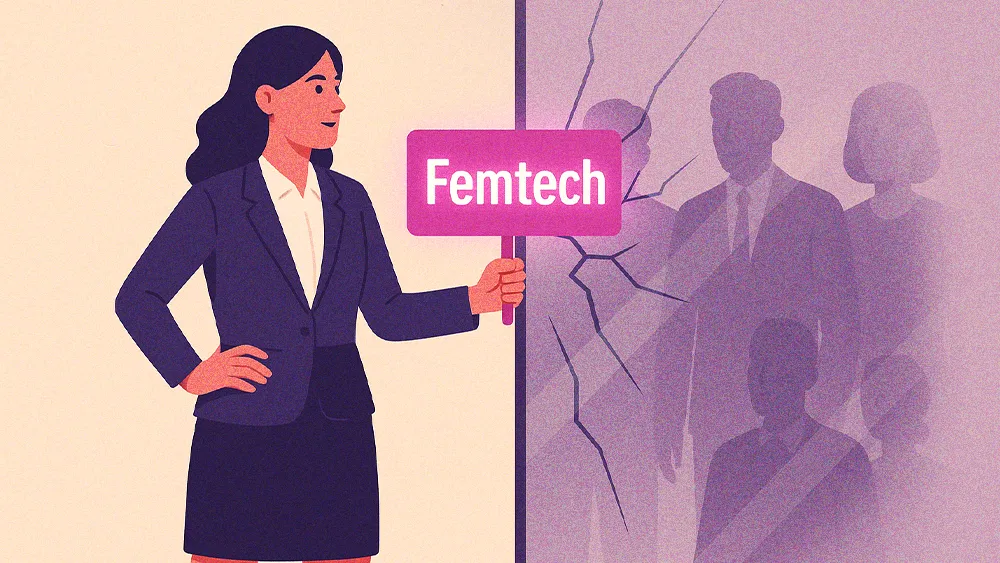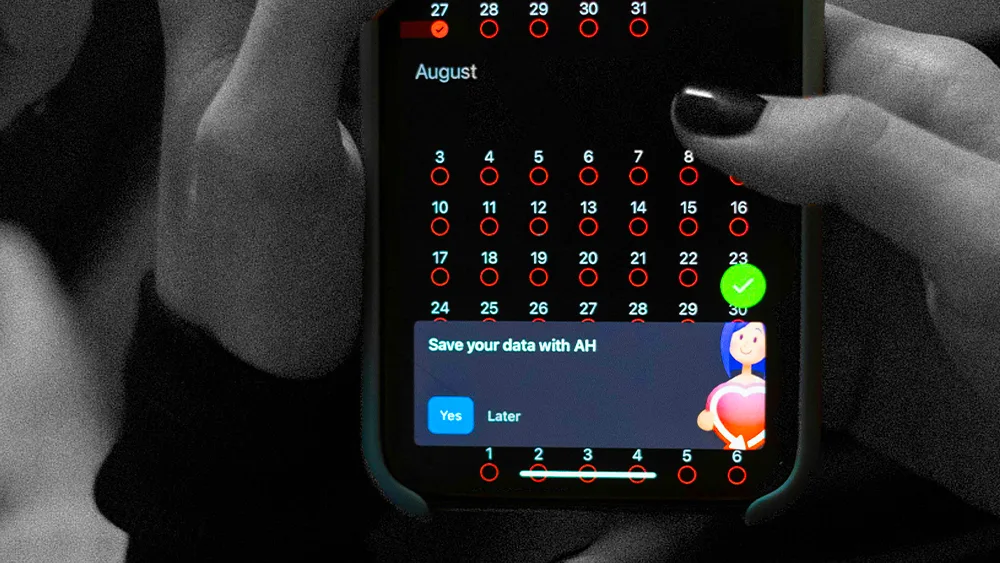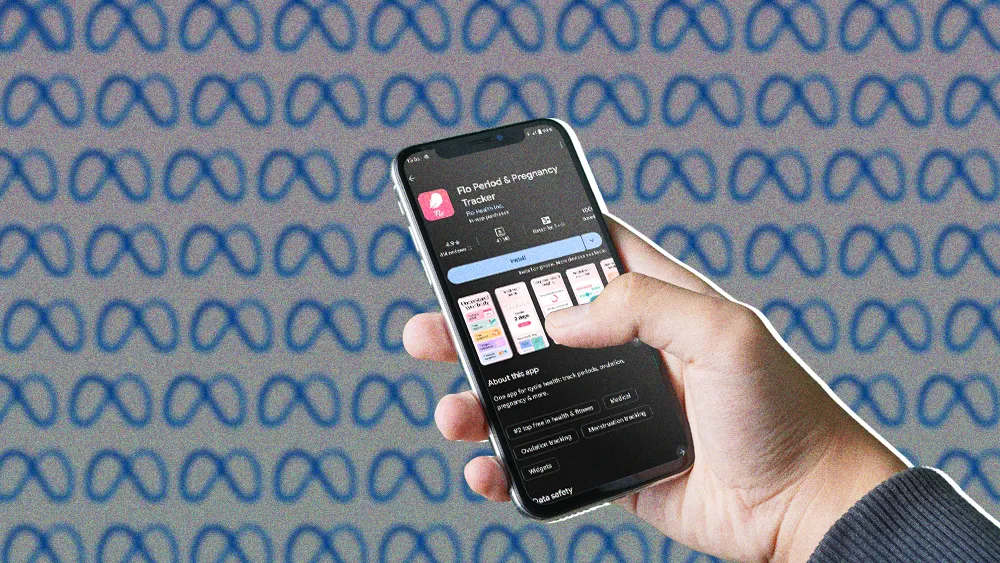Companies are offering wellness perks to combat burnout, but the work environment itself is often the root cause of stress.
Nathan Kolar, a Health and Safety Consultant, emphasizes the need for proactive leadership to address workplace harm.
The concept of resilience is losing favor as employees feel unsupported by their workplaces.
Effective workplace wellness strategies should be tailored to specific employee needs and involve direct feedback from workers.
The modern workplace is caught in a wellness paradox: companies are rolling out an arsenal of perks to combat a burnout crisis that the work itself creates. The result is a workforce drowning in feel-good benefits but starved of real change.
Nathan Kolar is a Health and Safety Consultant in workplace wellbeing at Canada's Public Services Health and Safety Association. He sees the disconnect up close, helping organizations stop harm at the source instead of handing out perks to soften the blow.
Perk fiction: “It’s a tale of two sides of a coin,” Kolar says. “On one side, you have all these supports: benefits, wellness apps, even step challenges. But on the other side, the work itself is the source of the problem. Why does it matter if we have healthy snacks in the lunchroom if my boss is the one stressing me out?” Perks don’t cancel out pressure nor eliminate job demands, and no snack bar can offset psychological harm.
Resilience fatigue: The corporate buzzword “resilience,” Kolar notes, is starting to backfire. “You hear it a lot,” he explains. “People are saying, ‘I’m tired of being resilient when my workplace isn’t supporting me at all.’ The workplace shouldn’t be just another battlefield where people have to be resilient.” If resilience is the only plan, the system was never designed to protect anyone in the first place.
Labor pains: That exhaustion isn't just a feeling; Kolar says it’s a symptom of a fundamental shift in the social contract. “Society now expects different things from our employers than we did years ago,” he says, pointing to a changing definition of both physical and psychological harm. What was once accepted, like zero work-life balance, is now seen as a recipe for burnout. “Work is a social determinant of health, just like our diet or genetics,” he adds. “So the question becomes, what is the organization doing to take care of me, not just what am I doing to take care of myself?”
Safety first: For Kolar, the answer to that question lies not in another reactive perk, but in a proactive leadership skill. “If I had to pick one thing, it’s psychologically safe leadership training,” he states. “It goes hand-in-hand with reducing mental health stigma and building emotional intelligence and empathy.” By training leaders to prevent harm at the source, organizations can make a systemic investment that a wellness app could never replicate.
The secret sauce: The most effective strategies are built from the ground up, not bought off the shelf. Kolar says the "secret sauce" isn't a single program, but a two-part approach to discovering what employees actually need. “How you support a teacher is different than an admin worker, and an emergency room nurse has completely different needs than someone in food services,” he explains. “What will never go out of style is holding listening sessions with workers and creating a strategy based on their input and a participatory approach."








